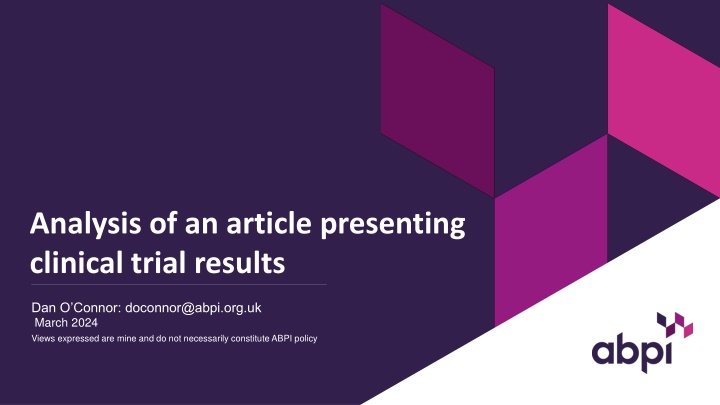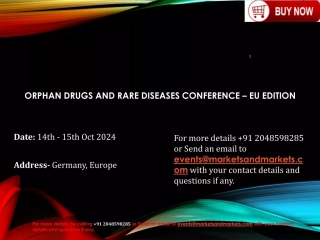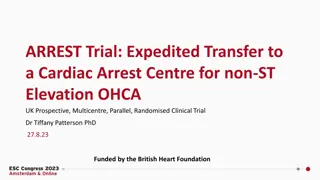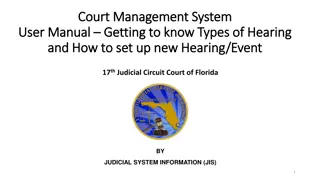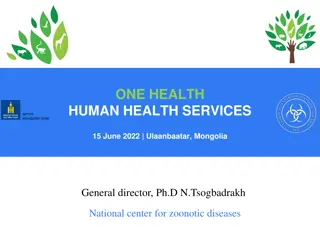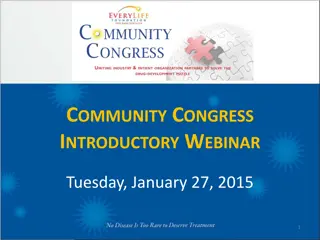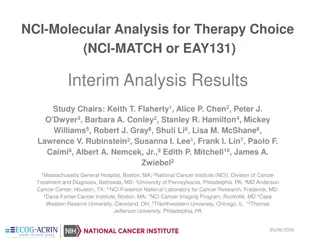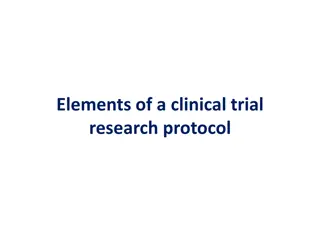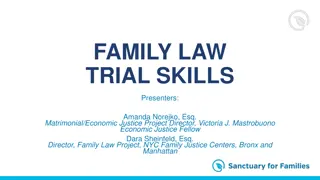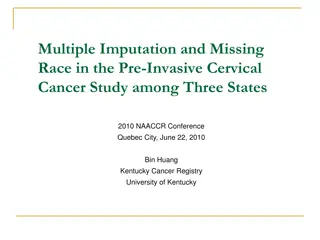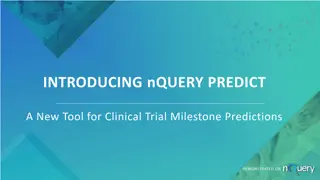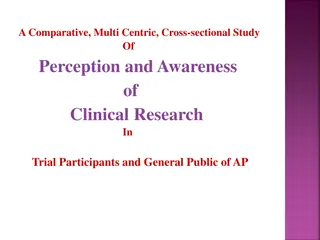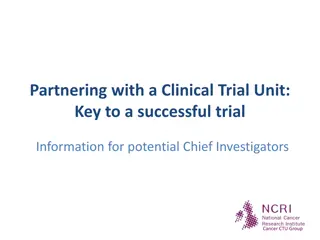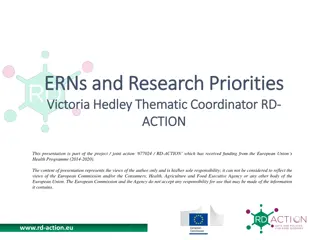Analyzing Clinical Trial Results for Rare Diseases: Challenges, Highlights & Missing Data
This analysis delves into the challenges, strengths, weaknesses, and missing data in a clinical trial study focusing on rare diseases. It critiques aspects such as recruitment, study design, surrogate markers, and statistical analysis, offering valuable insights for interpreting clinical trial results effectively.
Download Presentation

Please find below an Image/Link to download the presentation.
The content on the website is provided AS IS for your information and personal use only. It may not be sold, licensed, or shared on other websites without obtaining consent from the author.If you encounter any issues during the download, it is possible that the publisher has removed the file from their server.
You are allowed to download the files provided on this website for personal or commercial use, subject to the condition that they are used lawfully. All files are the property of their respective owners.
The content on the website is provided AS IS for your information and personal use only. It may not be sold, licensed, or shared on other websites without obtaining consent from the author.
E N D
Presentation Transcript
Analysis of an article presenting clinical trial results Dan O Connor: doconnor@abpi.org.uk March 2024 Views expressed are mine and do not necessarily constitute ABPI policy
Article analysis What are the challenges of clinical trials for rare diseases highlighted in the article? What were the good points of the study conducted in the article? What were the weaknesses? What data is included and what is not/what is missing that would have been interesting to know?
How to get warmed up 1. How do you find an article that you might be interested in? 2. How are you reassured it is robust and of high quality? 3. What is the journal impact factor? Does it matter? 4. What makes a good Title? 5. Who are the authors? 6. Abstract should tell you whether to go deeper Why shouldn t you rely on it for your conclusions?
Next steps - introduction Introduction should provide relevant information on the condition and research setting also provides key background information What important information does it tell you about the surrogate marker? (clinical trial endpoint used as a substitute for a direct measure of how a patient feels, functions, or survives) Scientific rationale for why this study should take place Provides background on an inconclusive study Need to carefully review all evidence build the next stage such as dosing requirement - often missing in repurposing
Next steps methods Methods essential to read Why randomise? Why blind if you can? Acceptability of no treatment control Study sites France, UK and Slovakia (+Jordan) Primary endpoint is a biochemical surrogate endpoint - relevance to patients? Age - over 25 years Challenges in recruitment 19 patients from Jordan Statistical analysis normally need expert input
Next steps - results Participant flow tells the story of the trial recruitment and retention
Next steps - results Base characteristics tells you who was in the study is it representative?
Next steps - results Looks impressive? Look at the scales Statistically significant versus surrogate versus clinically relevant? Watch out for subgroup analysis and over interpretation
Next steps - results Don t forget safety and tolerability Studies nearly always powered for efficacy Safety signals problematic in small populations Study drug related events Discontinuations?
Next steps Discussions etc Discussion should be balanced and critical not always Lancet has Research in Context very useful Don t forget to look at the declaration of interest why? References can be helpful for your next read!
References Highly recommend: How to Read a Paper: The Basics of Evidence-based Medicine and Healthcare, Trisha Greenhalgh ICH guidelines - ICH Official web site : ICH efficacy guidelines concerned with the design, conduct, safety and reporting of clinical trials Finding paper pubmed search engine - PubMed (nih.gov)
